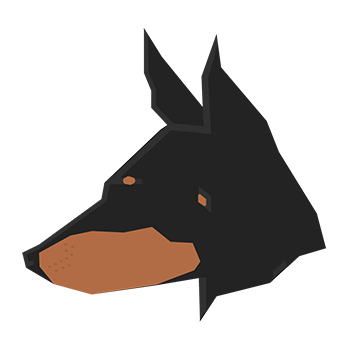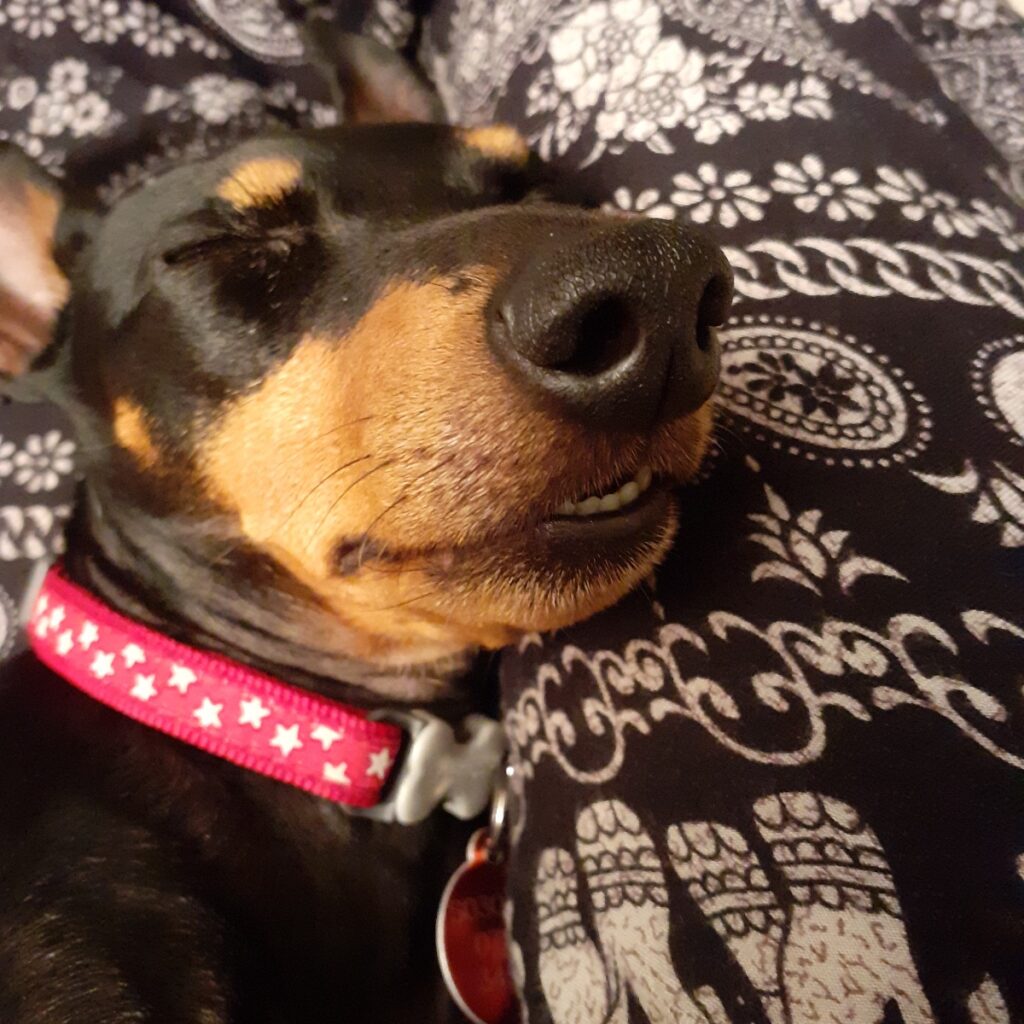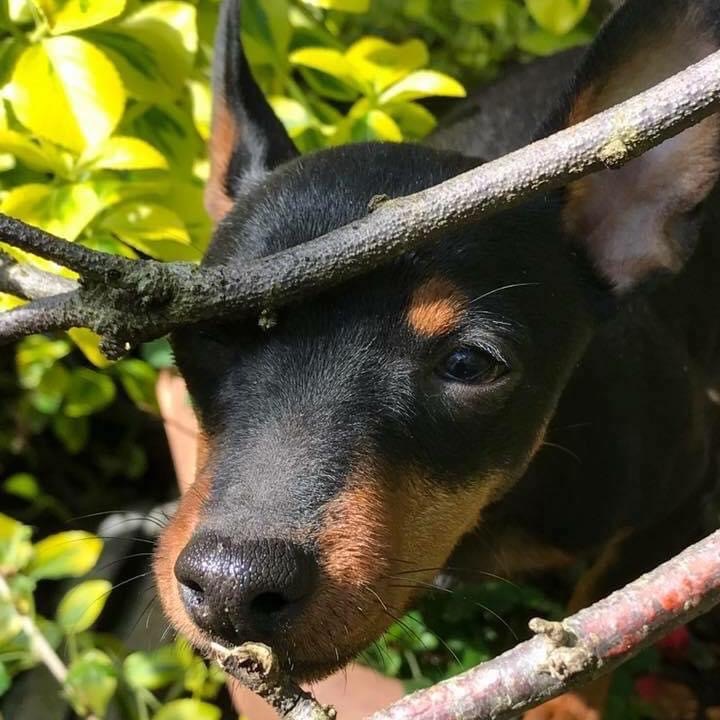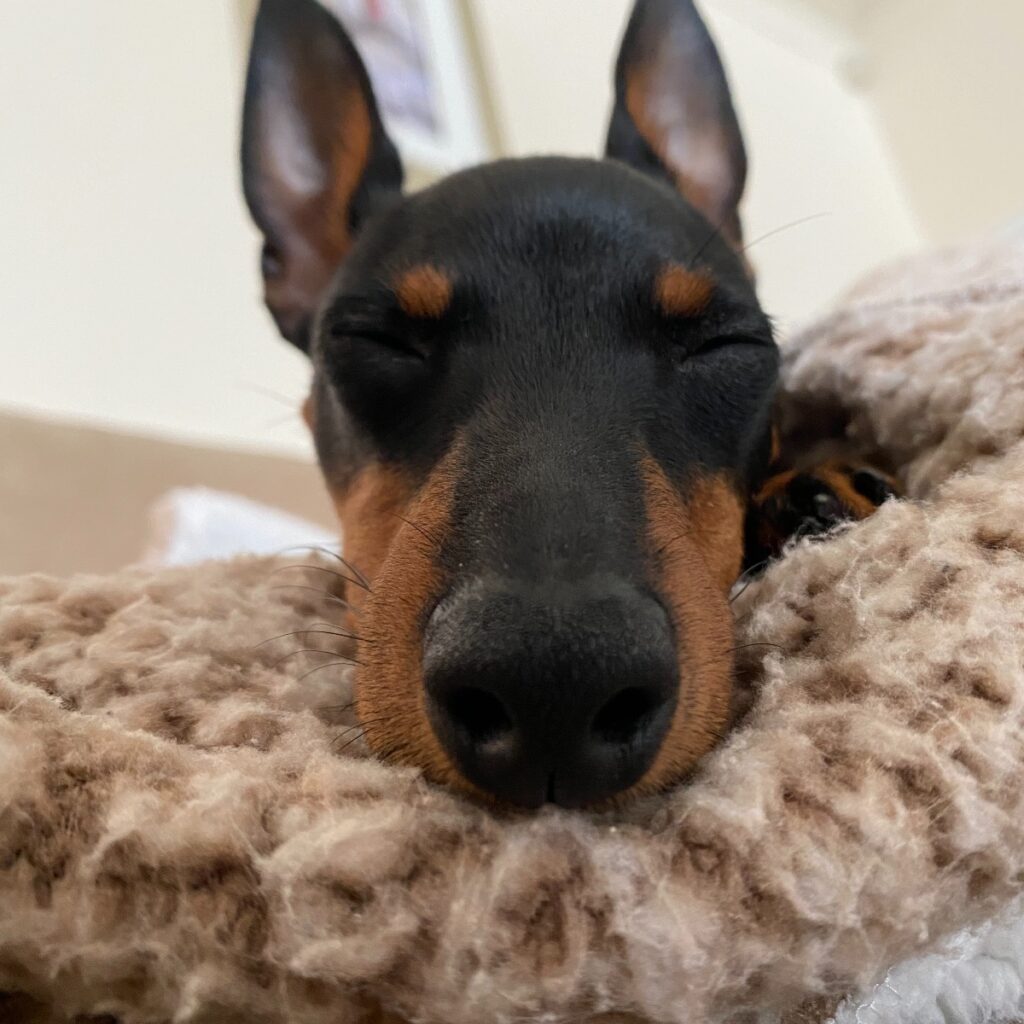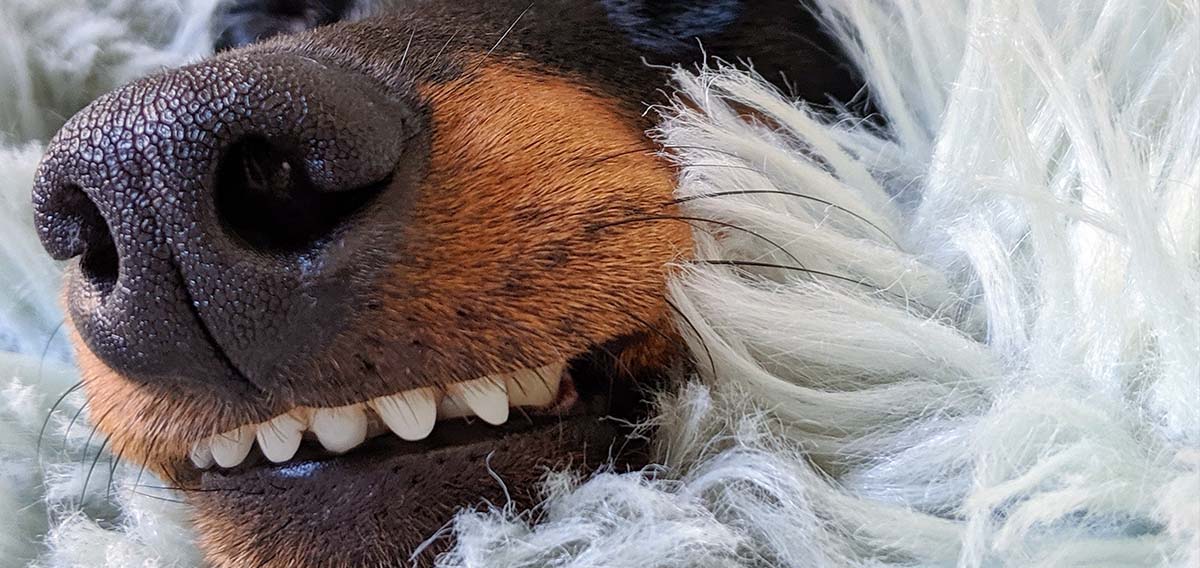
ETT Whiskers
Ever wondered what your English Toy Terrier’s whiskers are for?
Whiskers are a collection of nerves, there are many nerve centres that the cheek whiskers grow out of. The thick hairs that sprout from it are not just fur.
These whiskers are called “vibrissae,” and they allow your dog to investigate everything from you to your home.
The hidden power behind your dog’s vibrissae is their sensitivity. They are extremely receptive to touch.
Unlike fur, they have functions other than just keeping your dog warm or cold. They’re designed to transmit detailed information about movement to aid your dog’s guidance and balance.
Vibrissae are typically found in clumps, although the arrangement can differ depending on the particular individual.
According to Carol Foil, ACVD, a veterinary dermatologist consultant with the Veterinary Information Network in Davis, Calif.,“The little beauty marks are mounds of nerves and other connections that make the whiskers function as tactile (feeling) hairs. Dogs have one mound of compound follicles, but they can have more than one whisker in the mound.”
How Your Dog Uses Their Whiskers
Sometimes they use their whiskers for feeling their way around places during the night, but cats see better in the dark than canines do.
Dogs often find themselves in situations where the ability to sense movement is useful, and at times, that ability is even more important than being able to see.
That’s where the vibrissae come into play.
They can function as a guide when, for example, your dog walks down the hallway towards the water bowl at 2 a.m.
“For dogs who like to dig and tunnel in the dark, it’s good for them to know where their face is located, how far it is from a wall,” says Dr. Foil.“That’s why the vibrissae are there; they let them know where their whole face is.”She adds, “Dogs can then tell what’s happening all around their face in a tunnel, or when they’re going after a mouse in the dark.”
Since these hairs are sensitive enough to detect wind flow patterns, you can imagine how painful it would be if you brushed them against their normal direction of growth.
Take special care not to touch or brush one against its natural direction because that could be painful for your dog.
